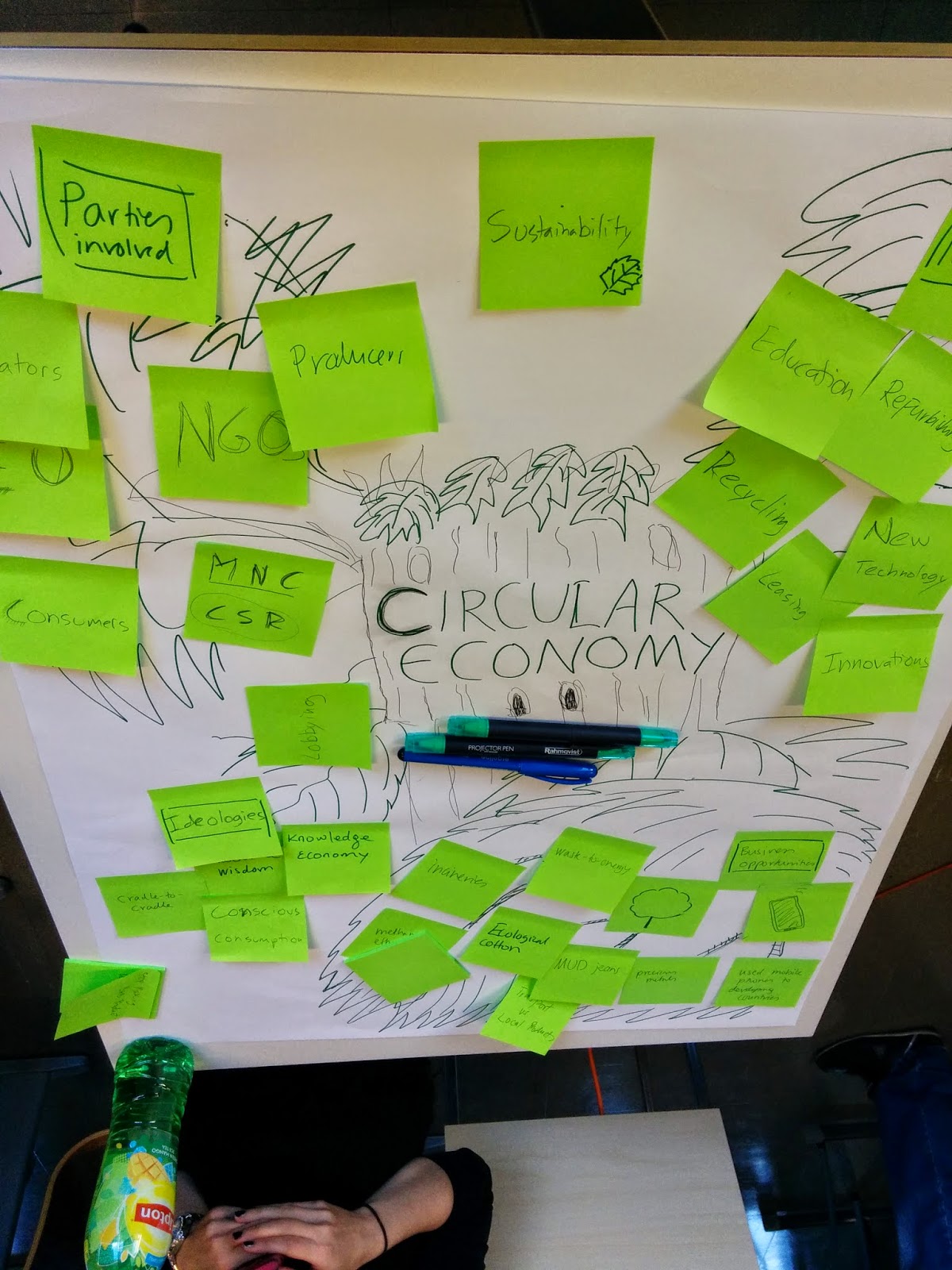- Aleksi
Book Read By Edward
The Tipping Point: How Little Things Can Make a Big
Difference by Malcolm Gladwell
The book is a mixture of tales,
psychology, economics, marketing, epidemiology and more. The principle focus of The
Tipping Point is how small changes, can bring about large effects. Instances
such as marketing of Hush Puppies shoes, the broken windows theory, Paul
Reveres Midnight ride, Word of mouth, Mass hysteria and more.
Gladwell actually internments the spirit of human acquaintances and the human need to feel part of something. The book is really intended for anyone interested in looking at what moves people and how a small event can result in large response. From my perspective, the argument presented in the book proceeds with a very reasonably and was sufficiently developed and supported by the factual instances.
The fundamental argument presented in the books is: According to Gladwell, the tipping point is that magic moment when an idea, trend, or social behavior crosses a threshold and subsequently spreads with incredible speed through society. Many social trends and phenomena follow the same elementary outline as epidemics; that they follow the same identical pattern because they are caused and sustained in much the same way; that the difference between trends that get past the "tipping point" and those that do not may often be one or more very small factors; and that if one wants to create any sort of social trend (whether that be buying a product or committing fewer crimes), it is important to attend to such very small factors.
Gladwell actually internments the spirit of human acquaintances and the human need to feel part of something. The book is really intended for anyone interested in looking at what moves people and how a small event can result in large response. From my perspective, the argument presented in the book proceeds with a very reasonably and was sufficiently developed and supported by the factual instances.
The fundamental argument presented in the books is: According to Gladwell, the tipping point is that magic moment when an idea, trend, or social behavior crosses a threshold and subsequently spreads with incredible speed through society. Many social trends and phenomena follow the same elementary outline as epidemics; that they follow the same identical pattern because they are caused and sustained in much the same way; that the difference between trends that get past the "tipping point" and those that do not may often be one or more very small factors; and that if one wants to create any sort of social trend (whether that be buying a product or committing fewer crimes), it is important to attend to such very small factors.
Through his study, Gladwell found that
epidemics have three characteristics in common. First, the thing that spreads
the epidemic is contagious. In the case of a product or an idea, Gladwell
refers to its sticky quality or ability to lodge in the cultural mindset.
Second, small changes in the environment result in large effects on the spread
of the epidemic. Third, at some identifiable point the trend tips and causes a dramatic change - an epidemic. Factors that lead to this tipping
include key people or promoters and the contexts in which they operate, among
other things.
In Gladwell's terminology, stickiness is a
characteristic of ideas that are memorable, catchy, and inescapably applicable
to a particular situation. In technology education there is no sticky phrase. But from my perspective, I think Gladwell is an insightful
observer whose understandings here are original, thought-provoking, and even worthwhile.
Edward


.jpg)







